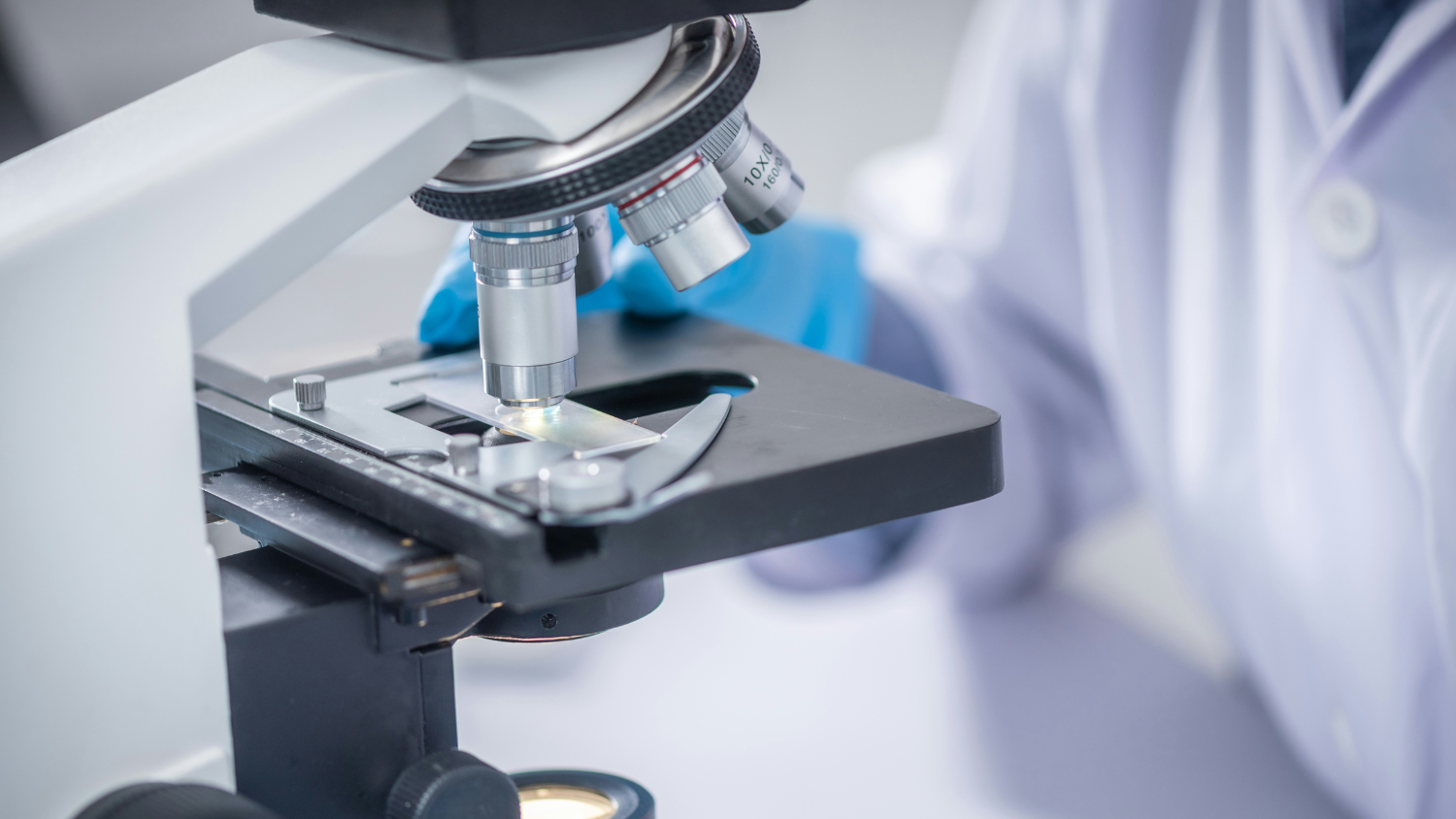Printed Polymer Transistors with Platinum Electrodes: A New Tool for Cardiac Electrophysiology
.png?width=50)
A new study published in Nature Communications (August 2025) demonstrates that action potentials from human heart cells can be recorded non-invasively with a device built from printed polymer transistors and platinum electrodes.
The work was carried out by researchers at the Istituto Italiano di Tecnologia and Politecnico di Milano, in collaboration with Istituto Auxologico Italiano IRCCS, the University of Milano-Bicocca, the Institut de Bioenginyeria de Catalunya and the University of Barcelona.
The team fabricated electrolyte-gated organic field-effect transistors (EGOFETs) by inkjet printing a thin film of poly(3-hexylthiophene) (P3HT) onto glass substrates patterned with gold electrodes. A platinum wire electrode (99.99% purity, 0.5 mm diameter) supplied by Advent Research Materials was used as the gate.
An Electrolyte-Gated Organic Field-Effect Transistor (EGOFET) is a tiny electronic device that uses a thin film of an organic polymer as its active layer. Instead of being controlled by a solid gate, it is controlled through a liquid electrolyte — in this case, the cell culture medium. When heart cells grown on the device fire electrical signals, the transistor picks them up and converts them into a readable current without damaging the cells.
Human induced pluripotent stem cell-derived cardiomyocytes (hiPSC-CMs) were cultured directly on the fibronectin-coated surface of the devices, where the culture medium served as the electrolyte.
When connected, the EGOFETs recorded the electrical activity of the cardiomyocytes without the need for invasive techniques such as patch clamp or membrane poration. The signals showed action potential waveforms with amplitudes up to 50 mV and a signal-to-noise ratio of around 60 dB. Across six independent cell cultures, 68 out of 75 devices produced successful recordings, giving a success rate above 90%.
To validate the approach, the researchers compared the results directly with patch clamp and commercial multielectrode arrays (MEAs). The action potential durations (APD20, APD50, APD90) measured by EGOFETs showed no significant differences compared to patch clamp. Unlike MEAs, which primarily capture extracellular field potentials, the polymer transistor recordings reproduced full action potential morphology with comparable fidelity to the gold standard technique.
The devices were also tested in pharmacological experiments.
Application of nifedipine, a calcium channel blocker, shortened the action potential duration and produced diastolic oscillations. In contrast, the hERG channel blocker E-4031 prolonged the action potential and induced early afterdepolarisations. Recordings were maintained for up to 30 minutes, longer than was possible with patch clamp under the same conditions.
This study demonstrates that printed polymer transistors, combined with high-purity platinum electrodes, can provide non-invasive, scalable and reliable recordings of human cardiac action potentials.
The results suggest potential for future use in drug testing, safety pharmacology, and heart-on-chip models.
References
Kyndiah, A., Zemignani, G.Z., Ronchi, C., Tullii, G., Khudiakov, A., Iachetta, G., Chiodini, S., Moreddu, R., Viola, F.A., Schwartz, P.J., Gomila, G., De Angelis, F., Sala, L., Antognazza, M.R. & Caironi, M. (2025). Non-invasive action potential recordings using printed electrolyte-gated polymer field-effect transistors. Nature Communications, 16, Article 8143. https://doi.org/10.1038/s41467-025-63484-1
